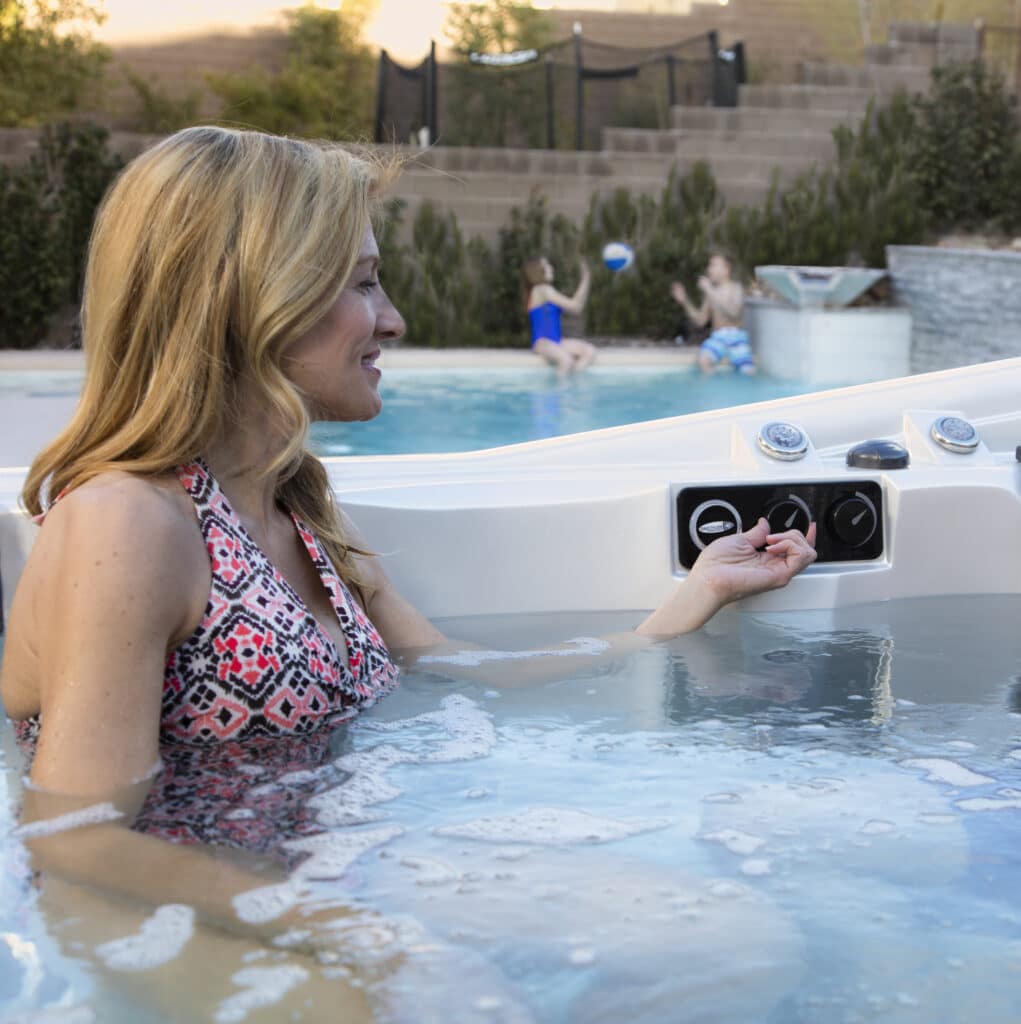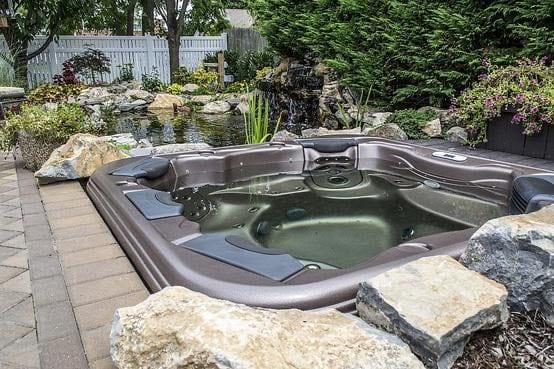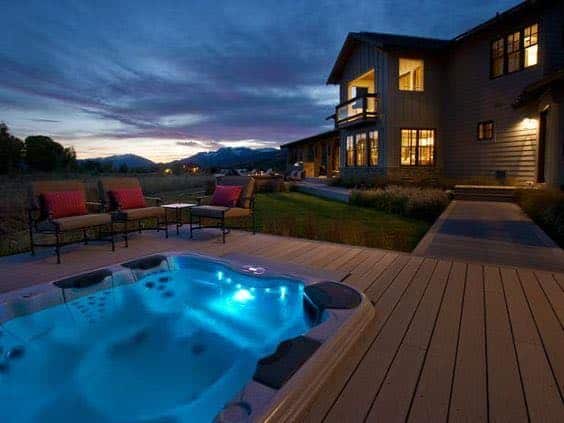Hot tubs are a symbol of relaxation, luxury, and socialization. They offer a soothing escape from the stresses of daily life and are a great addition to any home. However, before you jump into the world of hot tub ownership, it’s essential to understand the costs and maintenance involved. In this comprehensive guide, we’ll break down everything you need to know about the financial aspects and upkeep of owning a hot tub.
Initial Hot Tub Costs
1. Hot Tub Purchase Price
The most significant upfront cost is, of course, the hot tub itself. Prices vary significantly depending on the brand, size, features, and materials. Entry-level models can start around $3,000, while high-end models with advanced features can go well above $15,000 or more.
2. Delivery and Installation
You’ll also need to factor in the cost of delivering and installing the hot tub. This can range from a few hundred to a couple of thousand dollars, depending on factors like accessibility and whether you need a crane to place the tub.
3. Electrical Wiring
Many hot tubs require a dedicated electrical circuit, and installation costs can vary depending on your location and the complexity of the setup. This might include hiring an electrician to ensure safety and compliance with local building codes. Don’t want the added cost of an electrician? Our plug-and-play hot tub models simply plug into a standard electrical outlet.
4. Site Preparation
The area where you plan to place the hot tub needs to be properly prepared. This may involve leveling the ground, creating a stable foundation, and ensuring adequate drainage. The cost can vary widely based on your specific requirements.
Operational Costs
1. Energy Costs
Hot tubs require electricity to operate the heater, jets, and circulation system. The exact energy cost will depend on factors like the size of the tub, the insulation, and your climate. However, it should be noted that many modern hot tubs are designed to be as energy-efficient as possible. There are also ways to keep this cost low, like keeping the hot tub cover on when not in use to prevent heat loss. This can keep your energy bill lower than you might expect.
2. Water Costs
Filling and refilling the hot tub will increase your water bill. While this cost is relatively low compared to other expenses, it’s worth considering.
3. Spa Chemicals
Maintaining water quality is key for hot tub safety and longevity. You’ll need to purchase chemicals such as chlorine or bromine, pH and alkalinity balancers, and test strips regularly. The cost can vary based on usage, but budget around $20 to $50 per month.
4. Filters and Accessories
Hot tub filters need to be replaced periodically, and you may want to invest in accessories like cover lifters, steps, and maintenance tools. These costs are relatively minor but can add life and accessibility options you love.
Hot Tub Maintenance
1. Regular Cleaning
Hot tubs require regular cleaning to prevent the buildup of dirt, debris, and bacteria. You’ll need to skim the water, clean the filter, and wipe down the waterline and interior surfaces if needed. Plan on spending about 15-30 minutes per week on basic cleaning tasks.
2. Water Testing
To ensure water quality, you’ll need to regularly test the chemical balance and adjust it as needed. Testing should be done at least weekly, and adjustments may be necessary more often.
3. Draining and Refilling
Hot tub water needs to be completely drained and refilled every 3-4 months. This is an important maintenance task to prevent mineral buildup and maintain water quality.
4. Repairs
Hot tubs can experience mechanical issues or leaks over time. Repair costs can vary widely depending on the problem, but it’s essential to address issues promptly to prevent them from becoming more significant and costly.
We Can Help You Find the Hot Tub You Need
Owning a hot tub can provide countless hours of relaxation and enjoyment, and knowing the associated costs and maintenance requirements is helpful. While there are initial purchase and installation costs, the ongoing operational expenses are generally manageable. Additionally, regular maintenance and care are necessary to ensure your hot tub remains a safe and enjoyable part of your home.
Before purchasing a hot tub, it’s a good idea to create a budget that includes all these costs. By doing so, you can make an informed decision about whether a hot tub is a worthwhile investment for your lifestyle and financial situation. With proper planning and maintenance, your hot tub can provide years of relaxation and enjoyment for you and your family.
Stop by Colorado Custom Spas in Denver or Castle Rock, or contact us with any questions about hot tub costs. We are happy to answer any questions you may have! You can also follow us on Facebook or Instagram for more information on owning a hot tub, as well.













